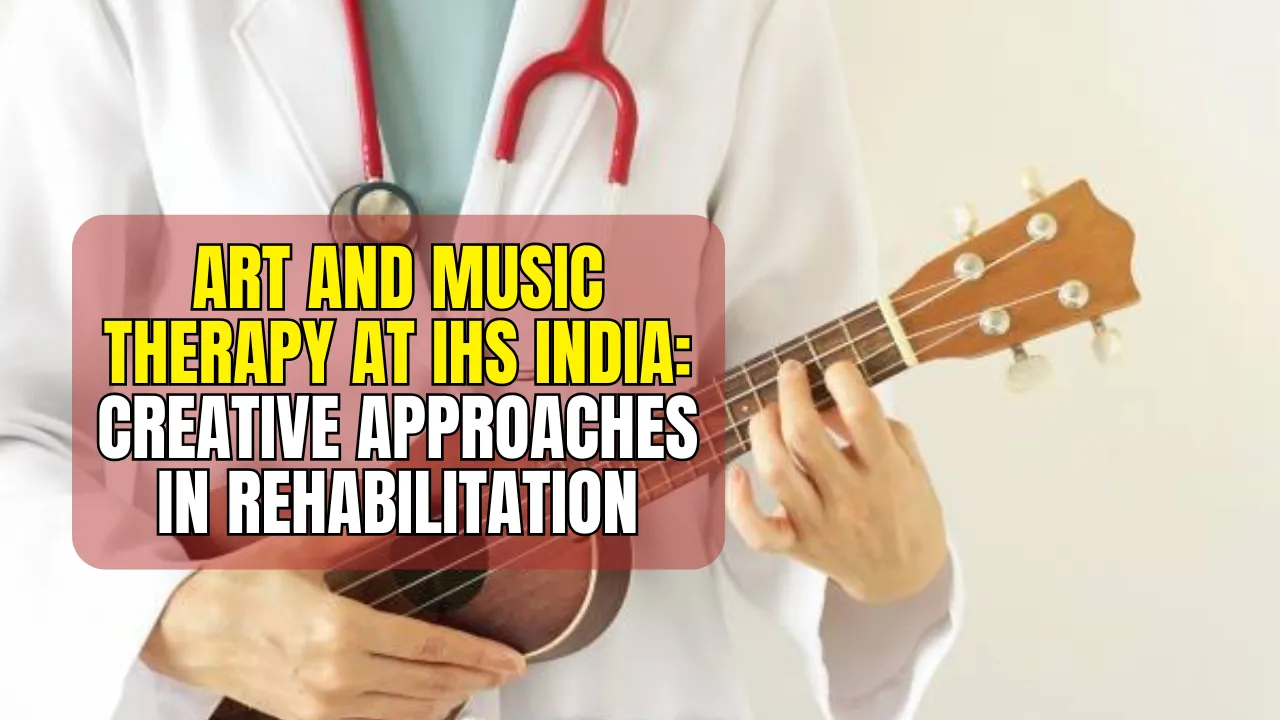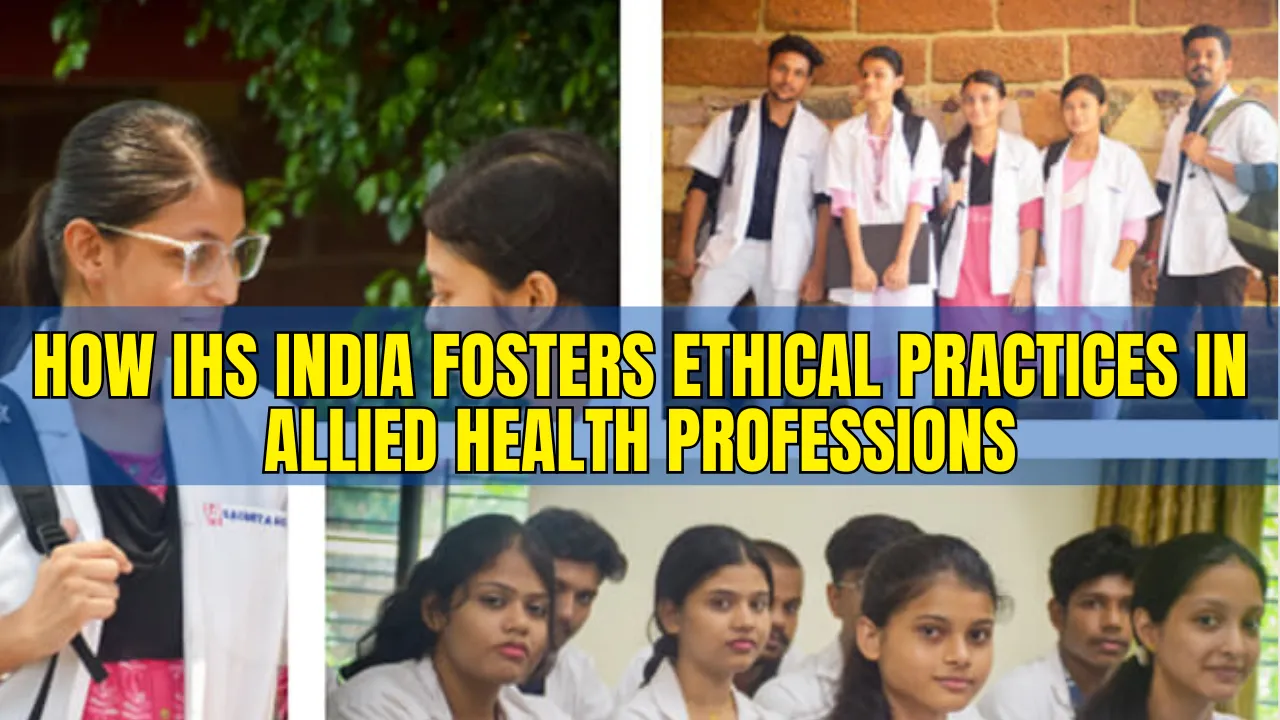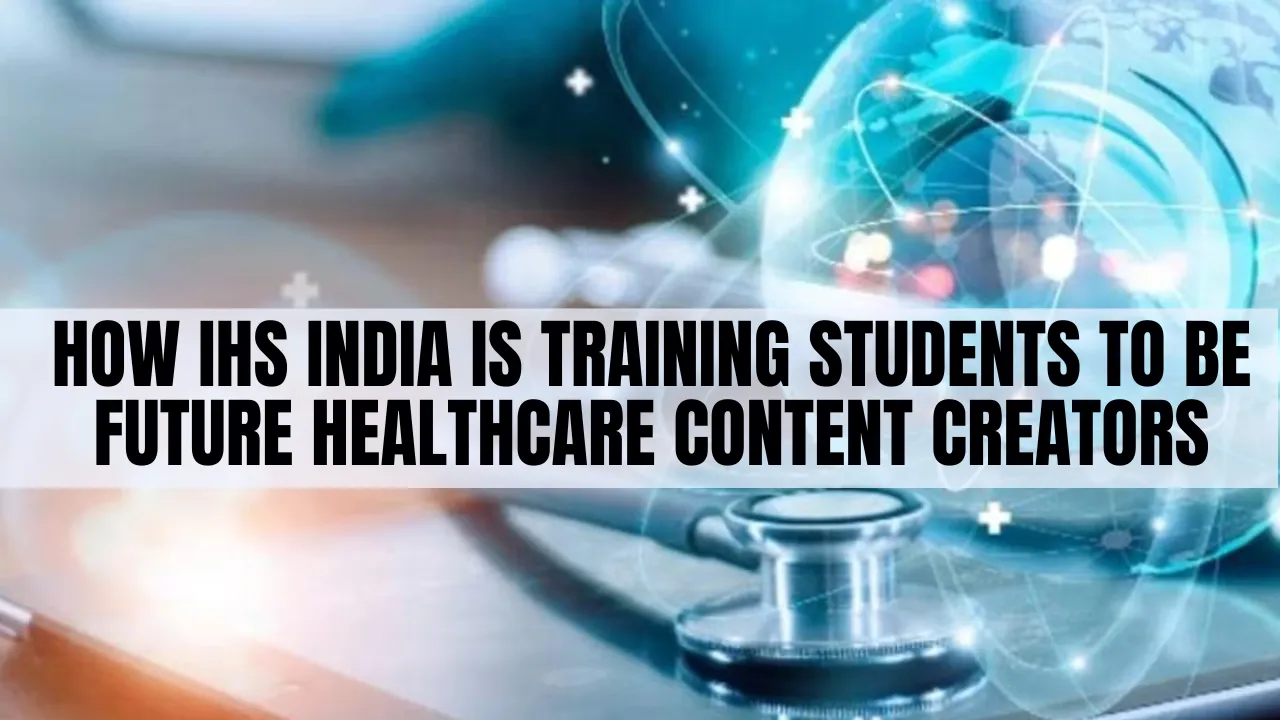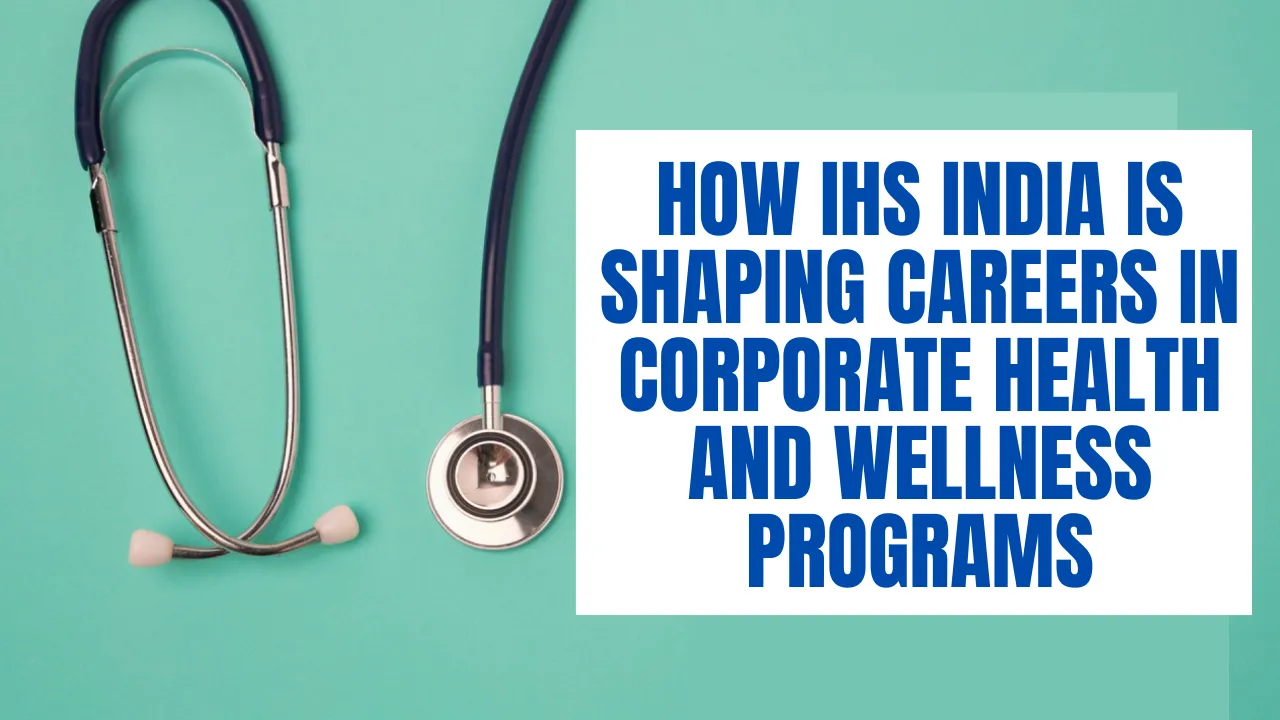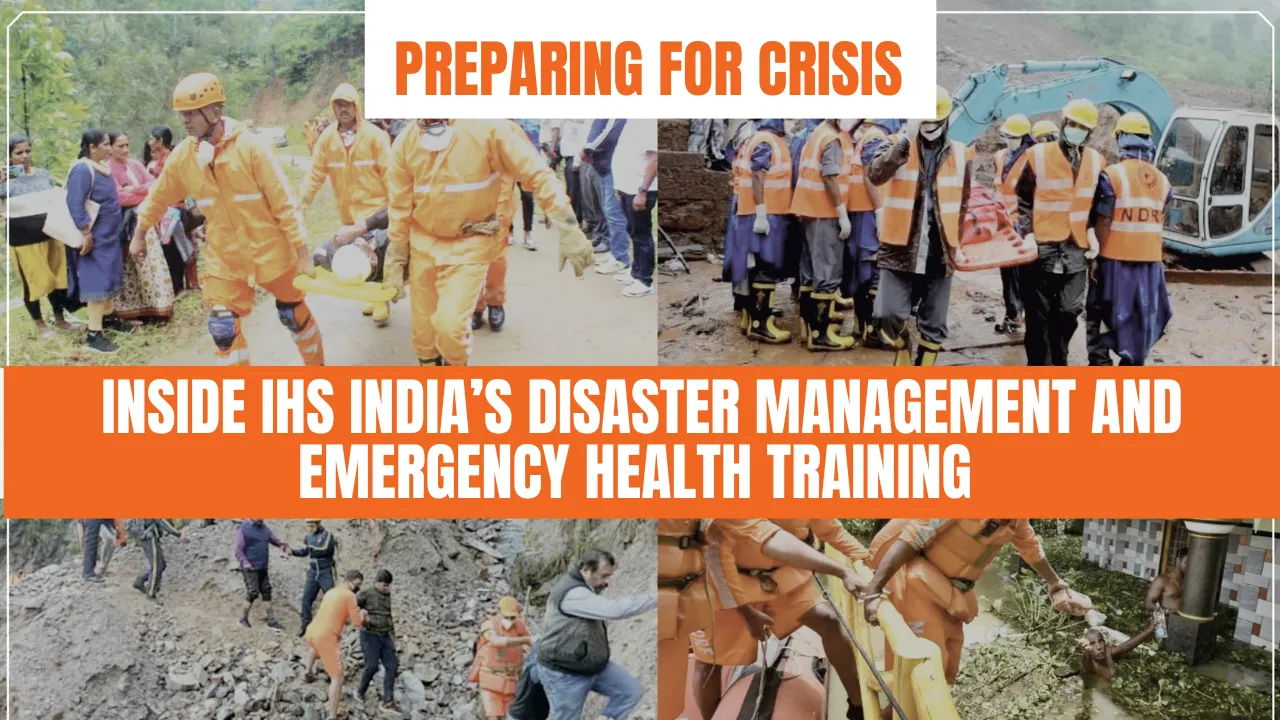Art and Music Therapy have evolved into powerful and meaningful therapeutic practices that are now finding their rightful place in structured healthcare education. No longer just complementary outlets, they are becoming essential tools in the healing process. At IHS India, this form of therapy is not only embraced but also deeply integrated into the clinical and educational framework, changing how rehabilitation is perceived and practiced.
This article explores the in-depth role that Art and Music Therapy play in IHS India’s healthcare training and services. You’ll gain a complete understanding of how creative expression is used alongside traditional rehabilitation methods to support patient recovery. The content covers real-world applications, core techniques, educational strategies, and the wider impact of this approach in India’s healthcare landscape.
Art and Music Therapy at IHS India
At IHS India, Art and Music Therapy has become a key feature in rehabilitation and emotional wellness programs. It is not treated as an optional luxury, but as an evidence-informed practice embedded in patient recovery. By allowing individuals to express feelings that words may fail to capture, these therapies unlock healing in personal and powerful ways. Patients recovering from physical injuries, neurological disorders, trauma, or mental health conditions often respond well when creativity becomes a part of their treatment plan. IHS India’s curriculum ensures that students understand the therapeutic power of expressive arts and how they align with clinical goals, making them better equipped to deliver empathetic, person-centered care.
Overview Table: Art and Music Therapy at IHS India
| Category | Details |
| Therapy Focus | Emotional healing, neurological support, behavioral therapy |
| Patient Groups | Children, elderly, mental health patients, neuro-rehabilitation clients |
| Core Methods Used | Painting, drawing, clay modeling, music listening, group singing, drumming |
| Training Format at IHS | Theory classes, supervised therapy labs, clinical exposure, outreach work |
| Educational Integration | Part of psychology, occupational therapy, nursing, and mental health programs |
| Key Benefits | Reduced stress, improved motor skills, enhanced emotional expression |
| Session Structure | Individual and group sessions tailored to patient needs |
| Support Tools | Therapeutic art kits, musical instruments, visual aids |
| Instructor Role | Guide sessions, monitor progress, customize therapeutic goals |
| Outcome | Improved recovery rates, higher patient engagement, enhanced therapy impact |
Understanding Art and Music Therapy in Healthcare
Art and Music Therapy at IHS India is grounded in the belief that creative processes can deeply influence health outcomes. Art therapy encourages individuals to paint, draw, sculpt, or use other visual tools to explore emotions and stressors. Music therapy involves listening, singing, composing, or simply engaging with rhythm to stimulate cognitive and emotional function.
These practices are backed by neuroscience and psychology. Studies have shown that creative activities can activate multiple areas of the brain, improve neural plasticity, and regulate mood. Patients recovering from strokes, undergoing mental health treatment, or coping with chronic pain benefit from these therapies by reconnecting with their emotions and building resilience.
IHS India’s Approach to Creative Rehabilitation
IHS India has designed a curriculum that blends academic knowledge with real-world application. Their approach goes beyond teaching the tools of therapy—it encourages a mindset of creativity, empathy, and observation. Students are introduced to case-based learning, roleplays, and clinical exposure where they apply Art and Music Therapy under professional supervision.
This hands-on model allows students to see the emotional and physical shifts in patients, reinforcing the importance of such therapies in clinical care. Through workshops and partnerships with local healthcare centers, students also participate in outreach programs, making therapy accessible to diverse communities.
Benefits of Art and Music Therapy in Rehabilitation
The benefits of integrating Art and Music Therapy into rehabilitation are well-documented and widely experienced at IHS India. These therapies help patients communicate nonverbally, which is especially useful for those with trauma, developmental challenges, or speech difficulties.
Key benefits include:
- Emotional Expression and Regulation: Patients can externalize internal conflicts and process emotions more constructively.
- Motor Skill Development: Activities like drawing or drumming improve hand-eye coordination, especially in patients with motor delays.
- Stress Reduction: Music lowers cortisol levels and can bring emotional calm, even in high-anxiety situations.
- Cognitive Strengthening: Creative tasks boost memory, attention span, and decision-making, crucial in neuro-rehab settings.
- Boosted Patient Engagement: Patients are often more willing to participate in therapy when it involves creative expression.
Real-Life Applications in Patient Recovery
At IHS India, creative therapies are used across multiple demographics and care settings:
- Pediatric Rehabilitation: Children with developmental delays or medical trauma often find comfort and expression through colors and sound.
- Mental Health Programs: Patients with depression, anxiety, or PTSD are guided to channel emotions through creative sessions.
- Neurological Recovery: Stroke and Parkinson’s patients practice rhythm and coordination through tailored music activities.
- Geriatric Care: Music is used to trigger memory and connection among individuals with Alzheimer’s or dementia.
These therapies are not generic; they are adapted to patient histories and preferences. For example, a patient struggling with anxiety might respond better to soft instrumental music, while another might benefit from expressing trauma through collage-making. This personalized care reflects IHS India’s mission to treat the person, not just the illness.
Key Components of IHS India’s Training
The training model at IHS India is structured to ensure every student emerges not only with knowledge but with emotional intelligence and therapeutic insight. Here are the core components:
- Foundational Psychology: Understanding how the brain processes emotion and creativity.
- Therapy Labs: Real-time practice in controlled environments with instructor feedback.
- Clinical Exposure: Students observe and later assist in therapy sessions at hospitals or rehab centers.
- Cross-Disciplinary Learning: Nursing, psychology, and occupational therapy students collaborate in creative group projects.
These elements are designed to build a deep understanding of how expressive arts in healthcare can complement conventional therapies.
Two Creative Approaches Used in IHS India
- Art-Based Interventions:
- Guided painting to reflect emotions
- Use of color theory for mood support
- Therapeutic collages to process trauma
- Guided painting to reflect emotions
- Music-Focused Activities:
- Group singing to improve mood and reduce loneliness
- Drumming sessions to build coordination and focus
- Personalized playlists to support mental clarity and reduce anxiety
- Group singing to improve mood and reduce loneliness
These interventions support not just patients, but caregivers and therapists, making therapy sessions more collaborative and meaningful.
The Growing Need for Creative Therapies in India
India is witnessing a shift in how healthcare addresses emotional and mental wellness. Traditional models are being expanded to include holistic healing, and Art and Music Therapy are at the forefront of this change. IHS India stands out for integrating these practices into core healthcare education.
With increasing mental health awareness and chronic illness diagnoses, creative therapies offer non-invasive, low-cost, and highly effective options. As the stigma around mental health continues to fade, tools like expressive therapy models, creative rehabilitation strategies, and art-based healing are becoming more accepted and widespread.
FAQs
1. What kind of patients benefit most from Art and Music Therapy?
Patients with emotional trauma, neurological conditions, developmental disorders, or mental health issues often see the greatest benefit.
2. Do students need an arts background to learn this therapy at IHS India?
No, IHS India trains students from all backgrounds. The focus is on empathy and understanding, not artistic skill.
3. How long does it take for therapy to show results?
While some patients respond immediately, others may take a few sessions. It depends on the condition and individual readiness.
4. Can Art and Music Therapy replace traditional treatment?
No, it’s a complementary approach meant to enhance, not replace, standard medical treatments.
5. Is this therapy recognized globally?
Yes, Art and Music Therapy are recognized worldwide and used in hospitals, rehab centers, and mental health clinics.
Final Thought
Art and Music Therapy at IHS India is not just an innovation—it’s a much-needed shift toward compassionate, holistic healing. By weaving creativity into medical care, IHS India is preparing professionals who see the patient as a whole person. This approach is not only more effective but also more humane.
If you’re passionate about healthcare and believe in healing beyond medicine, this might be the path for you. Drop a comment below, share your thoughts, or check out our other articles on wellness and therapy. Your journey into creative healing might just begin here.
